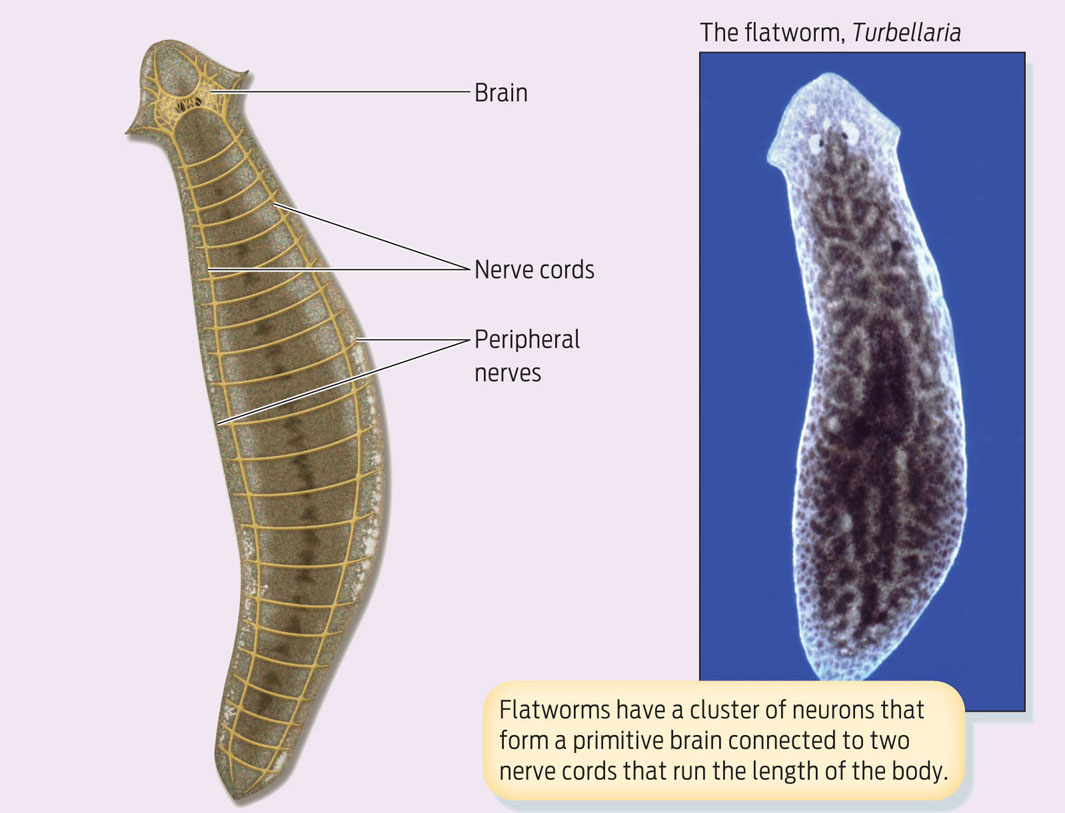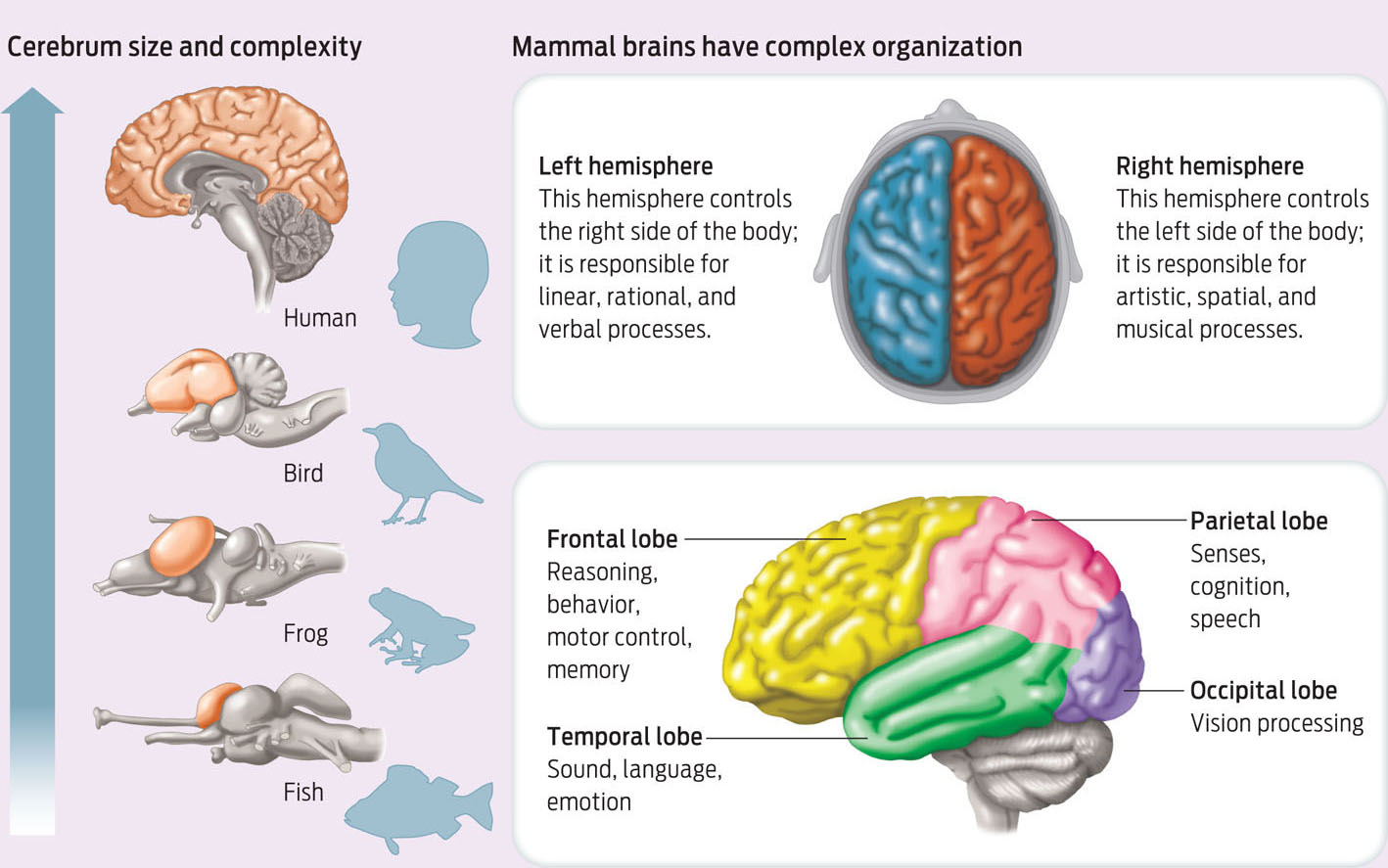OLD HABITS DIE HARD
Before Ward quit smoking in 2006, he was up to a pack and a half a day. Smoking had increasingly become a point of tension between him and his nonsmoking wife. She desperately wanted him to kick the habit, both for the sake of his health and because of the risks to herself of heart disease and cancer from secondhand smoke. A medical examination showed that Ward already had risk factors for heart disease, including high blood pressure. His doctor told him to stop smoking. “She didn’t ask me to stop,” Ward says. “She simply said, ‘You are going to stop smoking in two weeks.’” She prescribed a nicotine patch–a skin patch that delivers nicotine to the bloodstream and enables smokers to gradually kick smoking by easing nicotine withdrawal symptoms–and other medication. Within a few months, Ward had stopped smoking.
But after that first poker night, Jack Ward went back to smoking. This time, instead of his old pack-and-a-half-a-day habit, he managed to cut down to only a few cigarettes a week, all of them smoked on his weekly poker night.
Two years after Ward started smoking again, he moved. The weekly poker nights were gone, and gone, too, were the social cues that had tempted him to pick up the habit again. There are more antismoking social influences in his life now than ever. Most of his friends do not smoke, he exercises more, and perhaps most important of all, he wants to be a good role model for his 4-year-old daughter: “I don’t want her to see me smoking.” 
658
FOR COMPARISON Size Matters–Evolution of the Brain

Humans have a sophisticated central nervous system that consists of a brain and spinal cord. Our distinctively large brain (relative to our body size) is partly what endows us with the traits we think of as most human: language, self-consciousness, and the use of tools to shape our environment. But even the simplest organisms have ways of sensing and responding to their environments, and don’t need a brain to do so.
Invertebrate animals like jellyfish and sea anemones, for example, have neurons that sense and send information. But these neurons are not organized into a brain. By definition, a brain is a grouping of neurons located in the head of an organism that acts as a control center. Jellyfish and sea anemones exhibit radial symmetry–they are round with no clear front or back–and so they have no head. They therefore do not have a brain. Instead, they have what are called nerve nets, which are collections of sensory neurons, motor neurons that control muscles, and neurons that connect the sensory and motor neurons. Nerve nets enable these animals to respond to stimuli with behaviors such as swimming and eating–but the response is more like a reflex than a thought process.
The first animals to have primitive brains were flatworms, invertebrates that evolved 550 million years ago and include several human parasites such as tapeworms and flukes. Not coincidentally, these organisms are also some of the first animals to exhibit bilateral symmetry–they have clear right and left halves–and also a defined head end. The primitive brain of the flatworm consists of a collection of neurons located at the head end of the organism. The forward location of the flatworm brain allows the organism to sense its environment as it moves forward, and also permits the coordinated movement of its right and left halves. Flatworms also have two large nerves, called nerve cords, that extend along the body and sprout smaller nerves that reach the body tissues–a simple version of a peripheral nervous system. The brain and nerve cords work together to coordinate movement and other responses to the environment.
As animals evolved over time, their brains became larger and more complex, allowing them to perform more complex functions. In vertebrate animals such as fish, frogs, birds, and humans, brains and peripheral nervous systems are larger and more complex than the primitive brains of flatworms and other invertebrates. But the brains of vertebrate organisms vary, too, which accounts for differences in computational and processing ability. The human cerebrum contains more folds than do the cerebrums of birds and amphibians, for example. The folded structure permits more tissue to be packed into a given amount of space. In addition, the human brain is organized into hemispheres and lobes. This folded structure and complex organization account for the intellectual advantage that humans have over other organisms. In fact, the relative size and degree of folding of the cerebrum of any organism is associated with higher processing abilities. A fish cerebrum is small and has a relatively smooth surface, whereas mammalian cerebrums, such as those of humans, dolphins, and whales, are larger and contain many more folds.

659
660

661